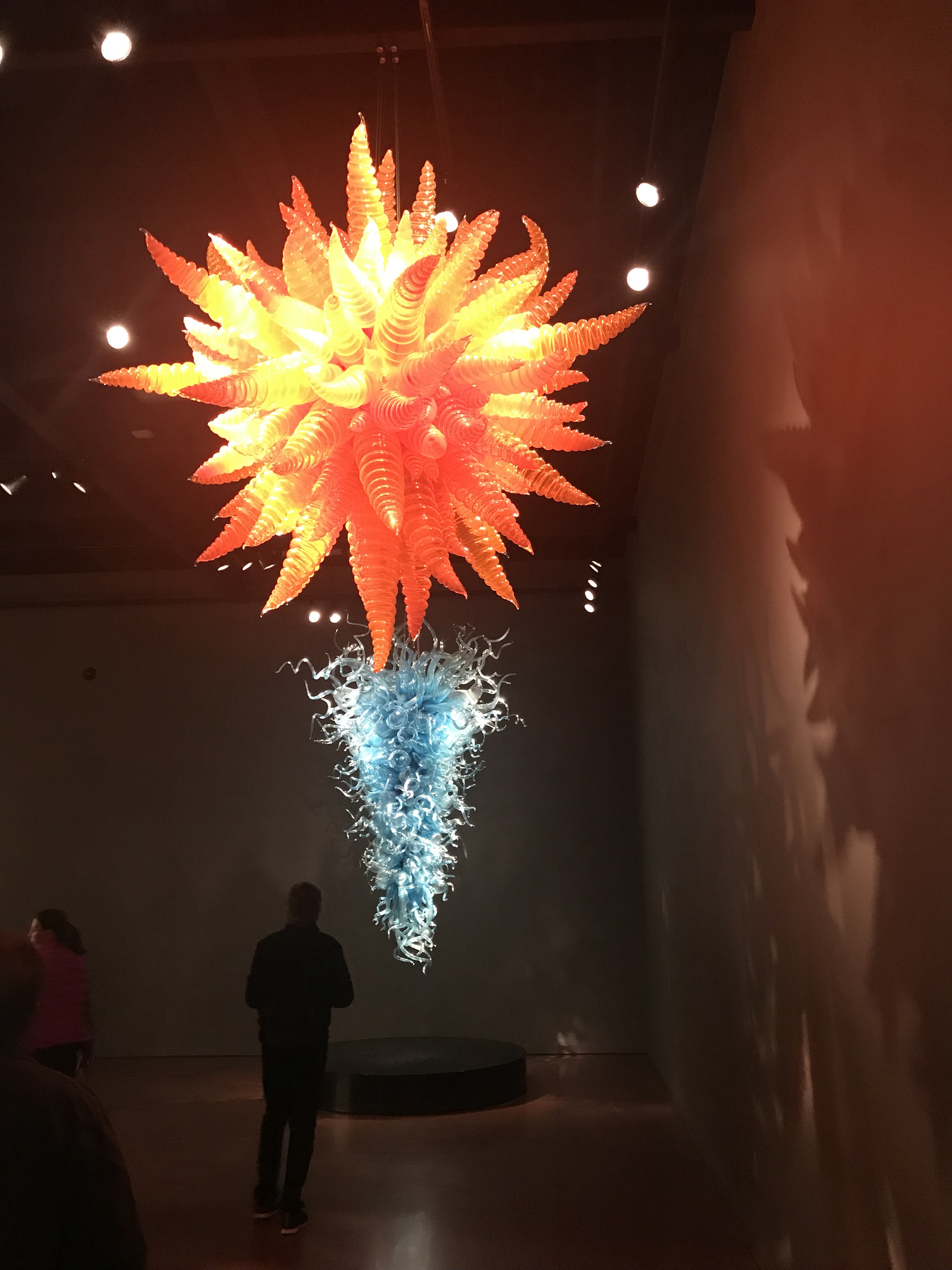Hi all, my good friend Sonia dropped me a nice email and reminded me that even though I am no longer certified in Iyengar yoga, that I still have strong ties to the Iyengar community. It was a privilege to be able to teach all the years that I have, but the pandemic and caregiving duties brought that chapter in my life to rather abrupt close. I continue to miss my students and felt a sense of loss which I have had to come to terms with.
That does not mean that yoga is not no longer a pervasive part of my life. In many ways, I feel greater sense of freedom and less physical exhaustion from teaching and working full time.
I now take great pleasure in caring for my family.
I now take great pleasure in wandering my garden and noticing the subtle changes in the plants I am growing.
I continue to listen and chant mantras every night.
I feel that the pandemic, in all its grief, has been cleansing for yoga. We no longer see ubiquitous commercialization of 200 hour teacher training as we did pre-pandemic. I have noticed that in the Iyengar community , the senior teachers are now some of the only ones coming back to in person classes.
Hopefully, the pandemic will soon be behind us. For now, I will continue my nightly mantra practice and will continue gardening and looking after my family.
Happy Navratri!
















